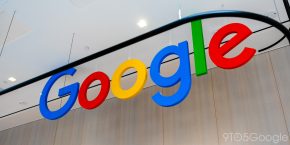At Google I/O this year, the company unveiled a trio of new operating systems, Android TV, Android Auto, and Android Wear. All of these operating systems, of course, run with an interface designed by Google itself. There was doubt, however, surrounding whether manufacturers would be allowed to overlay their own interface on top, like many do with Android. While speaking with Ars Technica, Google’s engineering director David Burke put an end to our doubts and confirmed that OEMs will not be allowed to overlay their interfaces on top of Android Auto, Android TV, or Android Wear.
Burke said that all three of the company’s new initiatives will have designs and software done only by Google. Burke didn’t, however, rule out the possibility of OEMs installing their own software on to its brand of devices. So for instance, Samsung could still install its plethora of Galaxy services onto devices. This is also important for companies like Amazon, which simply fork a version of Android and entirely change the interface. Presumably, Amazon will not be able to build a watch built on Android Wear with its universal Fire interface. It will be forced to use the standard Android Wear interface.
“The UI is more part of the product in this case. We want to just have a very consistent user experience, so if you have one TV in one room and another TV in another room and they both say Android TV, we want them to work the same and look the same… The device manufacturers can brand it, and they might have services that they want to include with it, but otherwise it should be the same.”
Many people may argue that Google’s initial decision to allow OEMs to alter the design of Android on their devices was a mistake. This has led to a variety of confusing and varying interfaces for consumers to learn and decide between, not to mention the delays with updates. Obviously with these three new services, though, all of the use cases are more specialized than on a phone or a tablet, so there is less reason to alter the interface.
This statement also corroborates Google’s goal to unify its designs across all of its services with Material Design and Android “L.” Google has said that, eventually, it hopes to incorporate the basis of Material Design into all of its services.
FTC: We use income earning auto affiliate links. More.





Comments